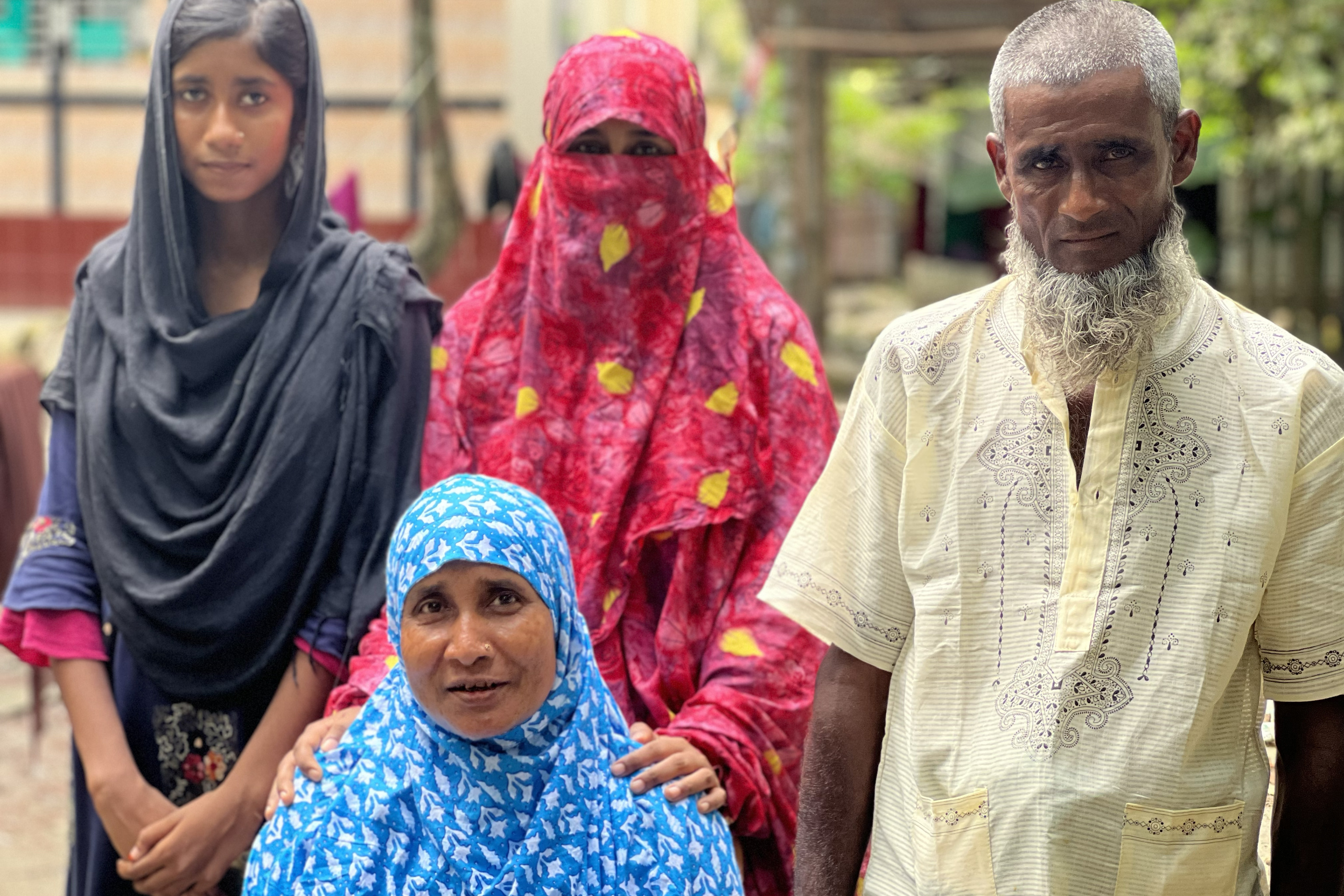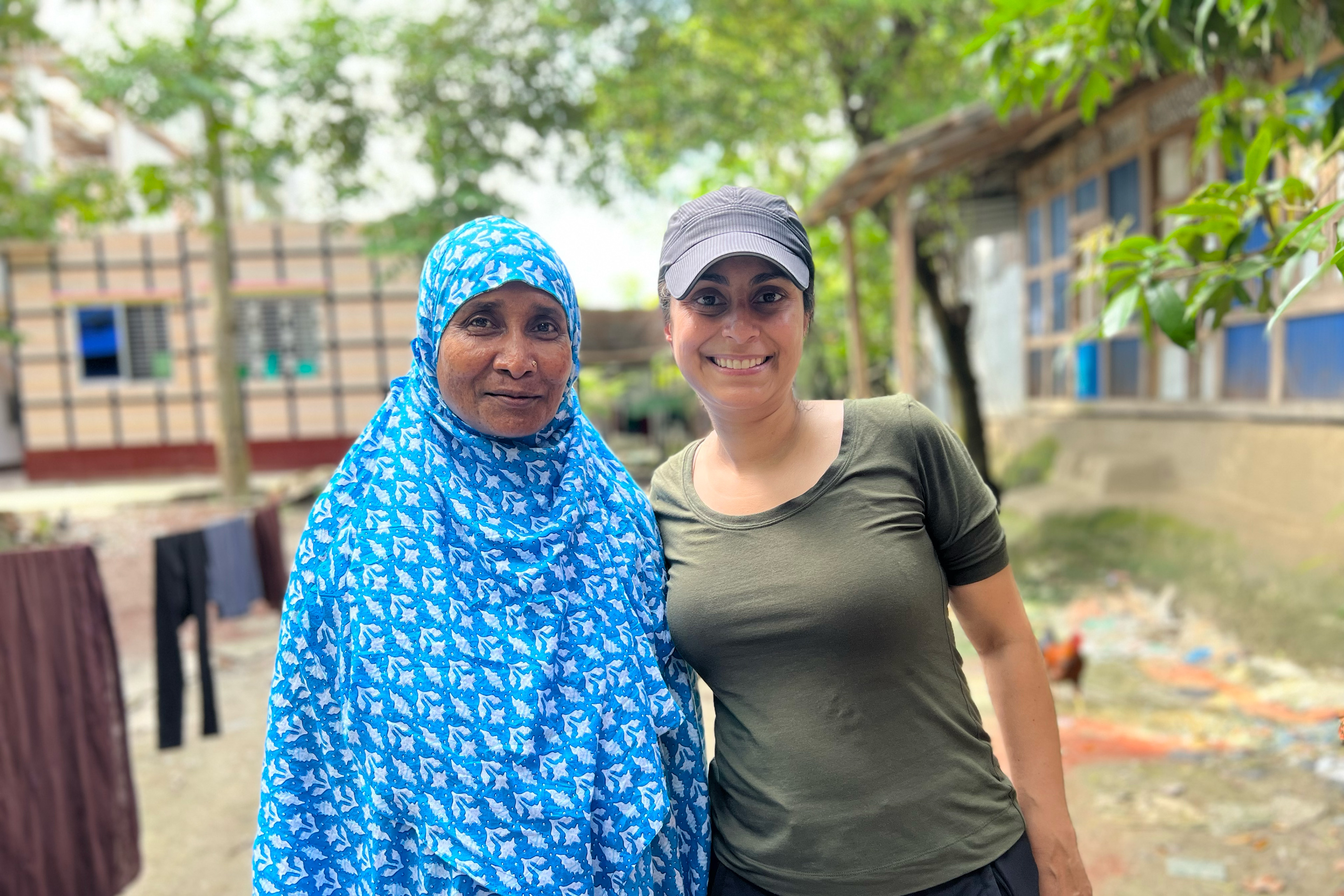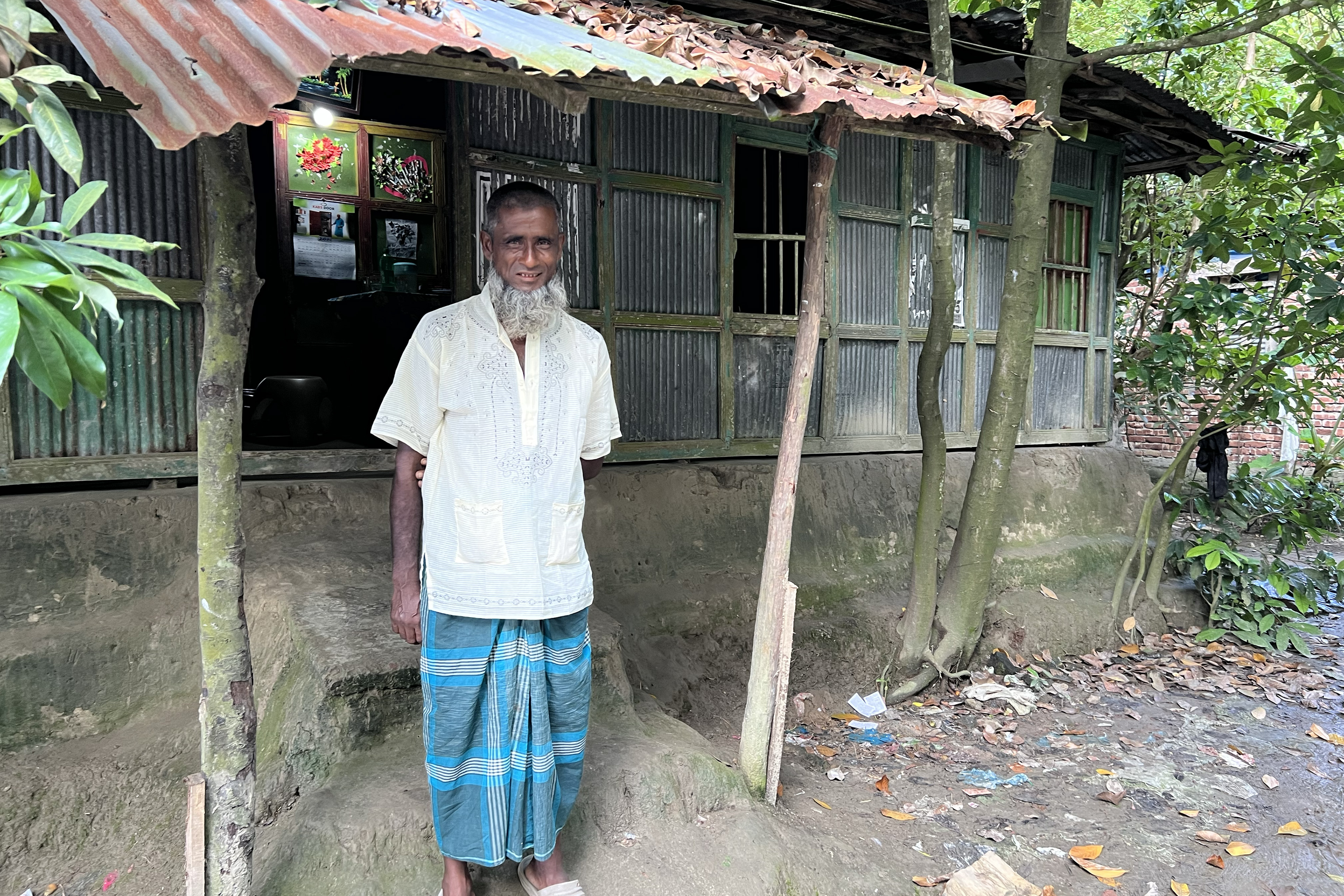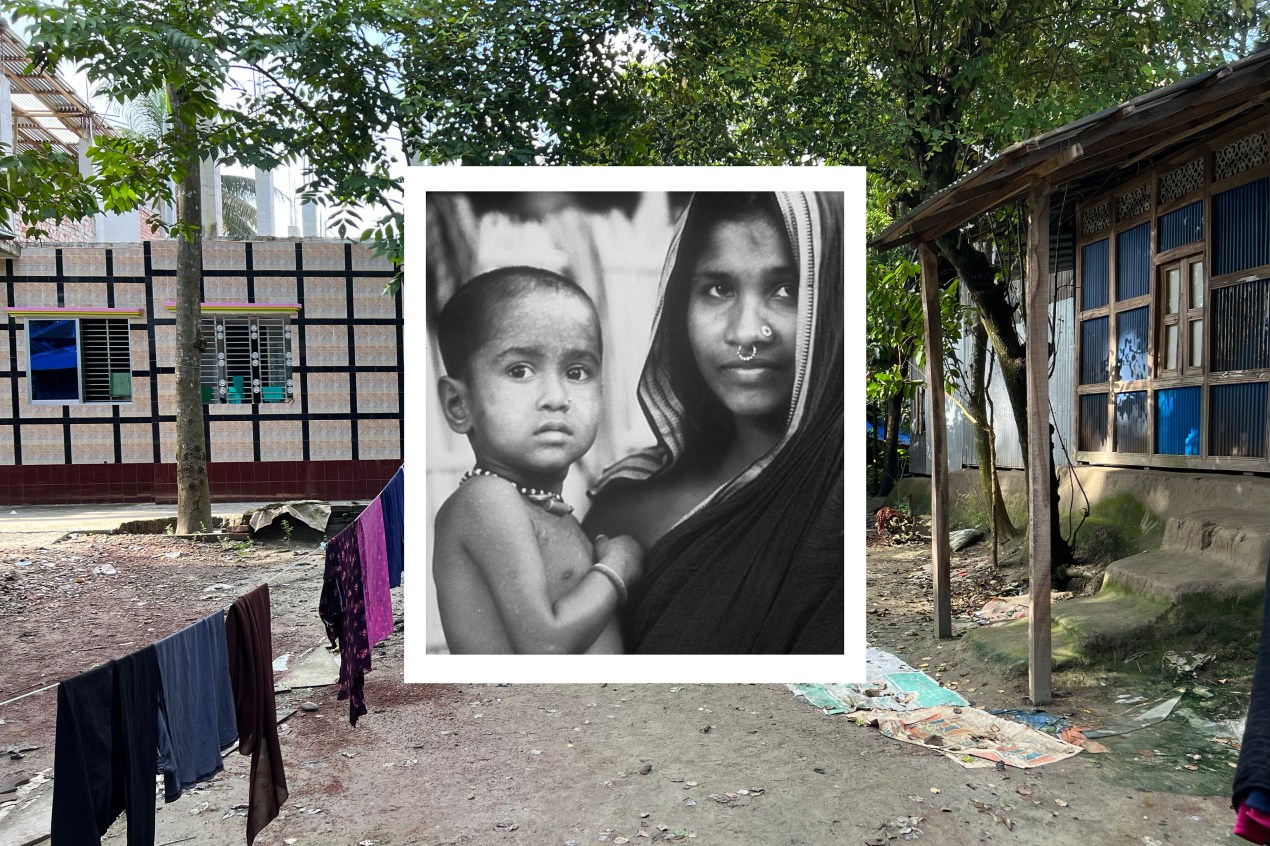Rahima Banu, a toddler in rural Bangladesh, was the last person in the world known to contract variola major, the deadly form of smallpox, through natural infection. In October 1975, after World Health Organization epidemiologists learned of her infection, health workers vaccinated those around her, putting an end to variola major transmission around the world. The WHO officially declared smallpox eradicated in 1980, and it remains the only human infectious disease ever to have been eradicated.
Among infectious-disease doctors like me, Banu is famous as a symbol of the power of science and modern medicine.
And yet, beyond that distinction, Banu has largely been forgotten by the public. That fate is a reminder that, well after a global pandemic recedes from headlines in wealthy countries, its survivors have needs that go unmet. Although Banu survived smallpox, she’s been sickly her whole life. She was once bedridden for three months with fevers and vomiting, but she couldn’t afford to see a good doctor. The doctor she could afford, she recalled, prescribed her cooked fish heads. Banu also complains of poor vision: “I cannot thread a needle, because I cannot see clearly,” she told me, via a translator, during an interview in Digholdi, the village where she lives.
“I cannot examine the lice on my son’s head and cannot read the Quran well because of my vision,” she said.
In the years following smallpox eradication, journalists from all over the world traveled to interview Banu, but they petered out years ago. “Mother is so famous, but they do not take any follow-up of Mom to know whether she is in a good or bad state,” her middle daughter, Nazma Begum, told me.
Banu and her family are proud of her place in history, but their role in the eradication of smallpox speaks to the limits of merely fighting diseases. In his biography of the doctor and philanthropist Paul Farmer, author Tracy Kidder recorded a Haitian saying: “Giving people medicine for TB and not giving them food is like washing your hands and drying them in the dirt.”
After Banu and her family survived smallpox, the rest of the world dried its hands in the dirt — just as it did for the poorest victims of covid-19 and later the most marginalized people with mpox, formerly known as monkeypox.
I traveled to South Asia to speak with aging public health workers and smallpox survivors in South Asia for the audio-documentary podcast “Epidemic: Eradicating Smallpox.”


To meet Banu, I flew 14 hours to Delhi and another two hours the next day to Dhaka, then took a five-hour drive to Barishal, followed the next day by a 90-minute ferry ride and a two-hour drive to arrive in Digholdi. Banu and her family — her husband, their three daughters, and their son — share a one-room bamboo-and-corrugated-metal home with a mud floor. The home, which lacks indoor plumbing, is divided down the middle by a screen and a curtain. Water leaks in through the roof, soaking their beds. A bare bulb hangs from a wire overhead. Her in-laws used to live with them, too, but they have passed away.
Women in rural Bangladesh rarely work outside the home. Banu’s husband, Rafiqul Islam, pedals a rickshaw. Some days he earns nothing. On a good day, he might make 500 taka (not quite $5). Although the World Health Organization arranged for a plot of land in her name, Banu said, the family has nowhere to cultivate. “They gave me the land, but the river consumes that. Some of it is in the river,” she said. Cyclones and rising sea levels have led to coastal erosion and saltwater intrusion, and there have also been land disputes.
Begum, now 23, completed a year of college but then dropped out. Banu and her husband couldn’t afford the fees. Instead, they arranged for her to marry. Her mother’s fame “did not help me in any way in my studies or financially,” Begum told me.

The family’s financial life is precarious. Five hundred taka used to buy a 10-kilogram bag of rice and vegetables. During my visit in 2022, the instability of the Russia-Ukraine war created fluctuating oil prices, and Banu said that amount was enough to pay only for the rice.
Banu is well aware that thanks to vaccination, millions of people no longer die of smallpox and other infectious diseases. By one estimate, the eradication of smallpox has prevented at least 5 million deaths around the world each year. Vaccines remain one of the most cost-effective and lifesaving gifts of modern medicine. The Centers for Disease Control and Prevention estimates that the U.S. saves 10 times what it spends on childhood vaccination. But all this is cold comfort to Banu when she and her family are struggling to survive.
Every public health crisis leaves people behind. When I worked as an Ebola aid worker in Guinea in 2015, residents asked why I cared so much about Ebola when local women were hemorrhaging in childbirth and didn’t have enough to eat. They were right not to trust our efforts. Why should they upend their lives to help us defeat Ebola? They knew their lives wouldn’t be materially better when we declared victory and left, as we had done so many times before as soon as our own interests were protected. Their prediction was correct.
As the coronavirus pandemic winds down in the United States, Banu’s life is a reminder that illness has a long tail of consequences and doesn’t end with a single shot. The world’s most powerful nation hasn’t ensured equitable access for its own citizens to health care and lifesaving tools such as covid vaccines, Paxlovid, and monoclonal antibodies. The resulting disparities will get worse as the federal government finishes turning America’s emergency covid response over to the routine health care system. Many Americans can’t afford to stay home when they or their children are sick. Families lack support to care for young or elder family members or people with medical illnesses or disabilities. Many say their biggest worry is paying for groceries or gas to get to work.
Their plight is less extreme than Banu’s, but their suffering is real — and it is magnified worldwide. As long as vulnerable communities are deprived of holistic, comprehensive responses to mpox, covid, Ebola, or other public health emergencies to come, these people will have a reason to be suspicious, and enlisting their help to fight the next crisis will be that much harder.
A version of this article first appeared in The Atlantic in August 2022.







